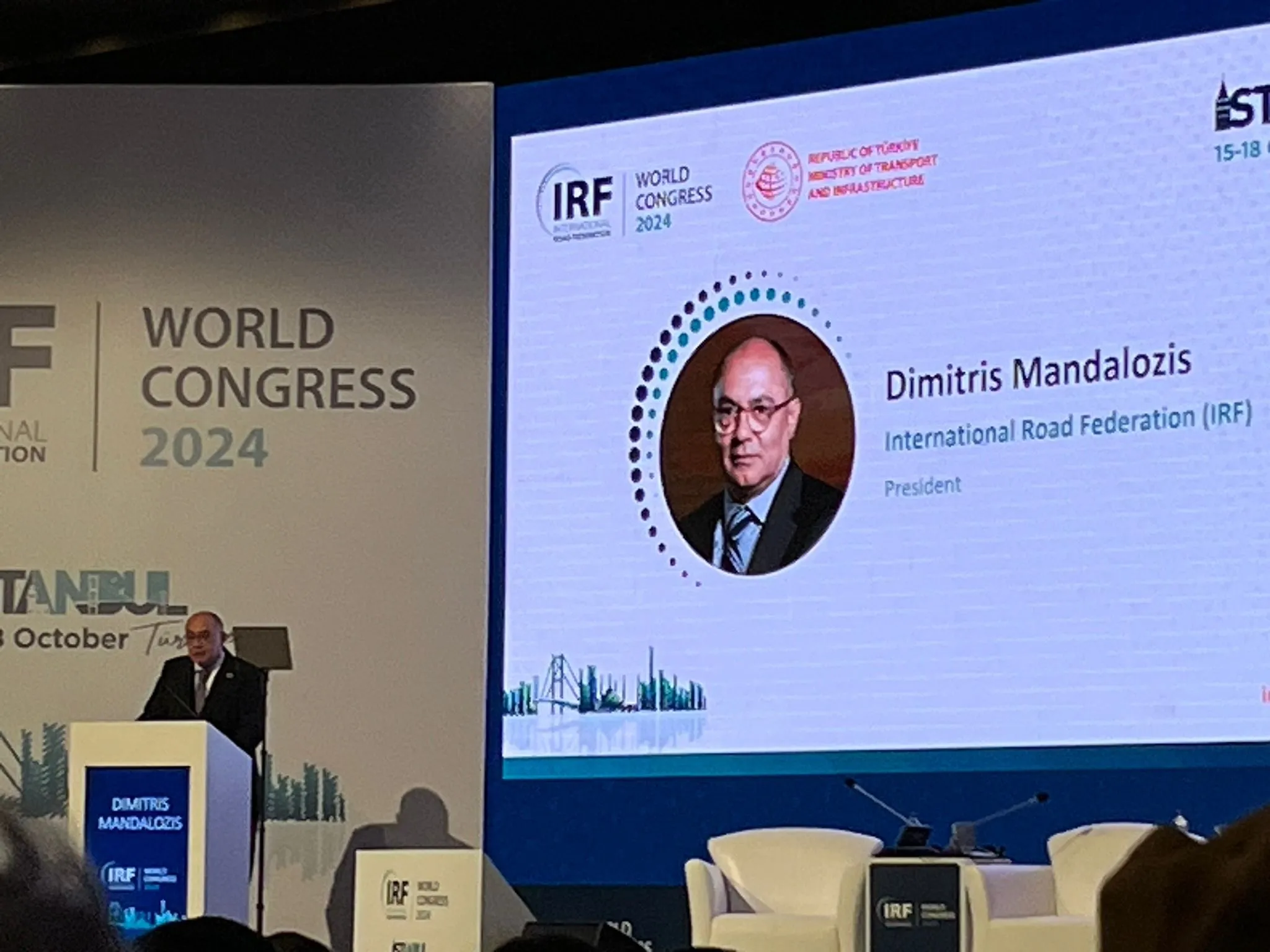The US$10.5 billion CKAD (Moscow Region Ring Road), being planned and procured under the direction of the Ministry of Transport of Russia, is just one of the roads highlighted at the Moscow Forum.
February 20, 2012
Read time: 3 mins
The US$10.5 billion CKAD (Moscow Region Ring Road), being planned and procured under the direction of the Ministry of Transport of Russia, is just one of the roads highlighted at the Moscow Forum.
The road, 30-40km outside of the existing MKAD (Moscow City Ring Road), aims to divert traffic from the MKAD, thus alleviating congestion and facilitating the development of new logistic and urban infrastructure along the highway.
Project sponsor is the Government Agency Roads for Russia, which has contracted Souzdorproject for design of the project with Ernst & Young designated as financial advisor.
Work will start in 2013, and when completed, the CKAD will be 522km long and will have between four and eight lanes, varying by section. It will be built two stages from 2011-2021 and 2016-2024.
In order to speed up the project the government is considering constructing six sections under a statefunded contract [through the recently formed state highway company Avtodor] and transferring them to a private operator when completed. The remaining four sections are to be procured through two concession schemes backed by federal grants and availability payments.
The concession tenders for concession schemes are planned for issue in 2012 and 2013.
Some of the other major concession projects were also highlighted including the $1.3 billion Elevated Express/Nadzemy Express sponsored by the St Petersburg Government; the $813 million M-1 Moscow-Minsk highway sponsored by the Federal Road Agency; the $1.6 billion St Petersburg Government-sponsored Orlovsky Tunnel, and the $7.23 billion Western High-Speed Diameter (WHSD) Tollway in St Petersburg, sponsored by the
Construction of the WHSD is said to be one of the most important means of solving the city's the transport problems and is a strategic investment project of both city and federal significance to determine development of the city as a major world transport hub.
The aim of the WHSD project is to implement a toll motorway to provide for passenger and freight transport along the busiest traffic routes and link the transport hub of St Petersburg, including the Grand Port, to the national road network.
Scheduled for completion in 2015, the WHSD will also allow, together with the Ring Road, closure of the first transport ring around St Petersburg.
About 55% of the 46.6km long, mostly eightlane, urban motorway will be elevated with 15 interchanges at different levels, and bridge structures with 55m and 35m clearances over the ship fairway will be the first structures of their type in Russia.
The WHSD is one of the first investment projects in Russia to be implemented based on public-private partnership (PPP) principles.








